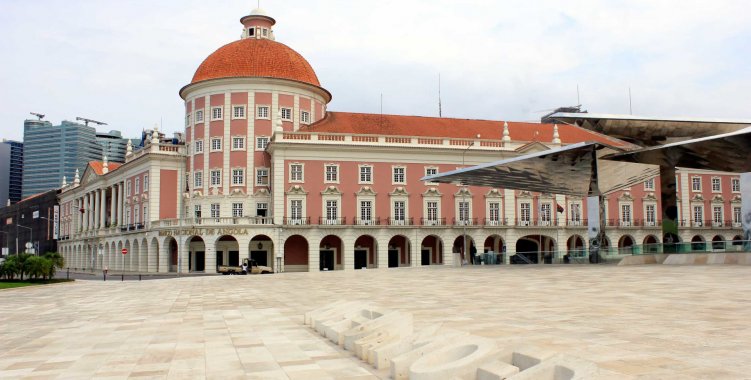The announcement was made this Tuesday in Luanda after the 110th Meeting of the Monetary Policy Committee of the National Bank of Angola (BNA).
"The decision is based on the progress of our economy, namely the behavior of price changes", said the governor of the BNA, José de Lima Massano, at a press conference.
The governor pointed out the drop in the consumer price index since February 2022 and underlined that the measures adopted by the BNA have resulted in stability and improvement in price conditions, so it would not make sense "to maintain interest rates in an excessively conservative sense".
"Even so, we are moving forward with caution, we are waiting for March inflation data, but we must confirm that inflation is maintaining the retreat course. We have made room for conditions to be changed from the liquidity point of view and for credit to be granted under better conditions", highlighted Lima Massano.
The governor stated that credit is currently being granted on more favorable terms, so that some of the projects with higher rates, which had become unfeasible, now have a new opportunity.
"We are witnessing a generalized reduction in interbank interest rates sooner than expected, at the moment Luibor has a rate below 9 percent", he added.
As for the problems that have affected international banks in recent weeks, namely Crédit Suisse, he said that Angolan banks "do not have direct exposure", but admitted that "things are interconnected".
The BNA's Monetary Policy Committee (CPM) also adopted other measures, such as lowering the interest rate on the permanent liquidity-providing facility from 18 percent to 17 percent and the interest rate on the permanent liquidity-absorbing facility from 14 percent to 13.5 percent.
The liquidity conditions in the financial system were also made more flexible, adjusting the time period for compliance with mandatory reserves by commercial banks, moving from a daily fixed basis to a fortnightly average compliance
The coefficients in national and foreign currency, at 17 percent and 22 percent, respectively, remain unchanged.
As for the international context, the forecasts of the International Monetary Fund (IMF) point to a growth of the world economy of around 2.9 percent, which will be 1.2 percent in the advanced economies and around 4 percent in the emerging economies, buoyed by China and India.
For the sub-Saharan African economy, growth of 3.8 percent is expected, while forecasts for growth in the Angolan Gross Domestic Product (GDP) remained at 3.3 percent and inflation to be between 9 and 11 percent, just like the last CPM meeting.
The committee also highlighted the downward trend observed in inflation since February 2022, having reached 11.54 percent last month, the lowest level since September 2015.
The external accounts recorded a surplus of 3.13 billion dollars in the first two months of 2023.
At the end of February, International Reserves stood at 13.95 billion dollars, corresponding to a coverage level of around six months of imports of goods and services.
The next meeting of the Monetary Policy Committee will take place on May 19 in the city of Kuito, province of Bié.







